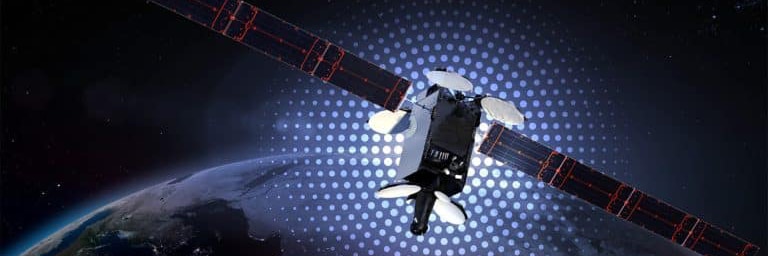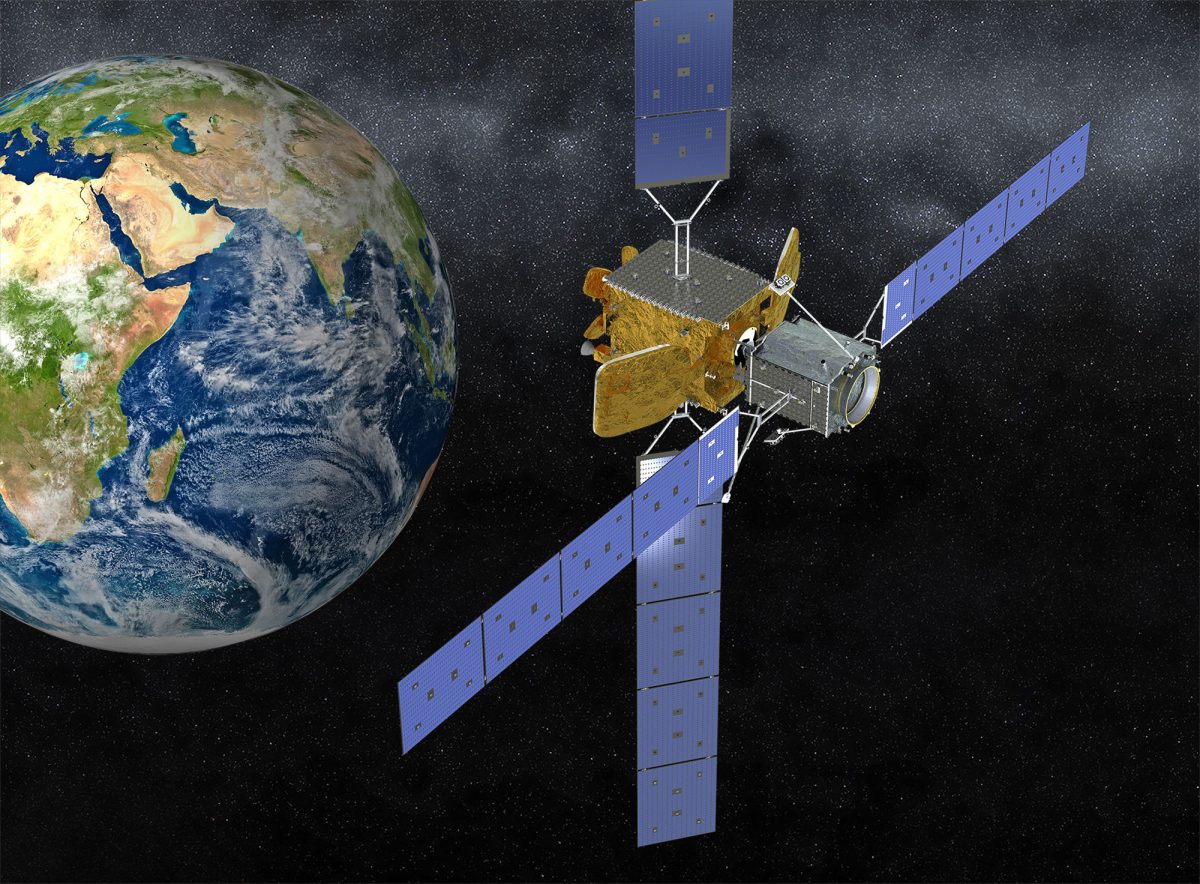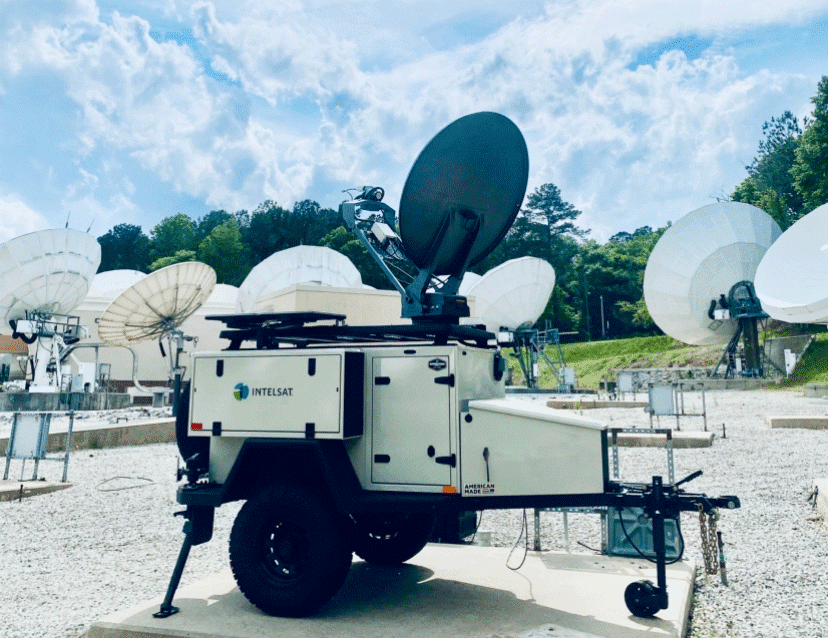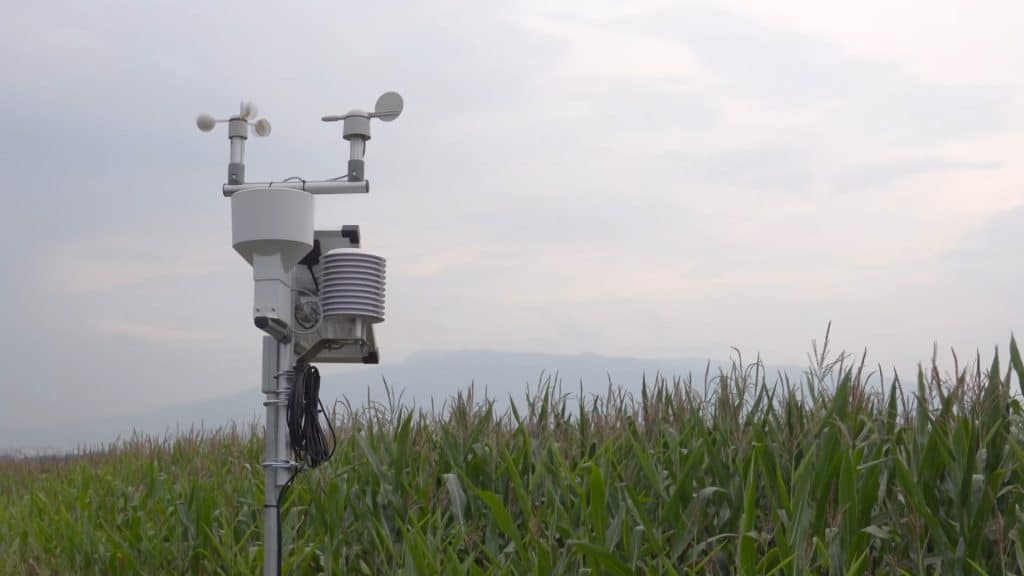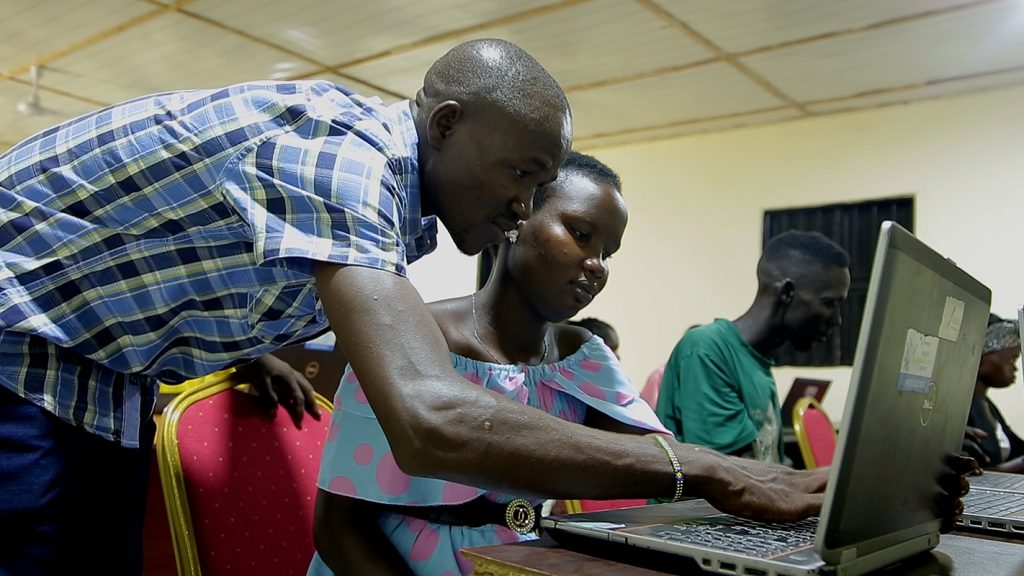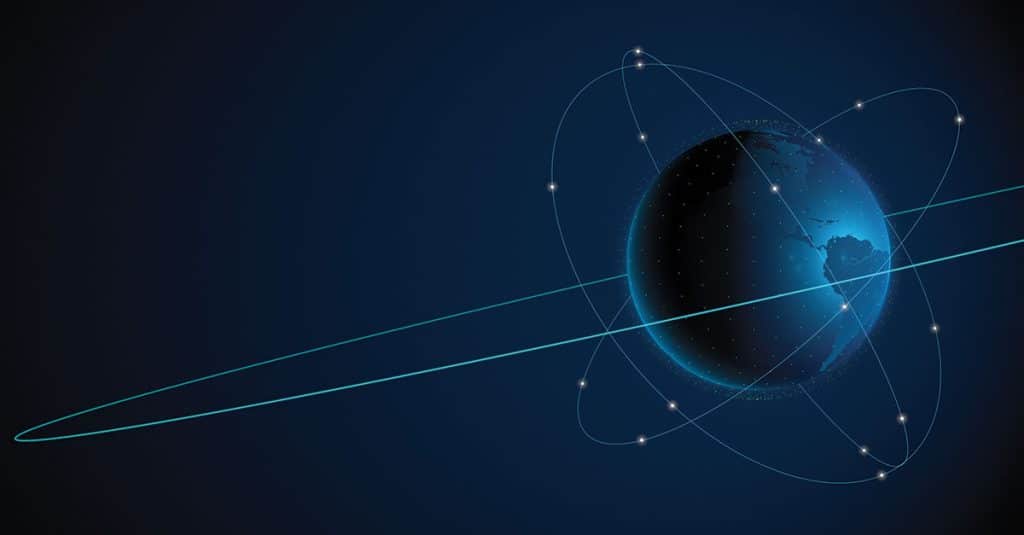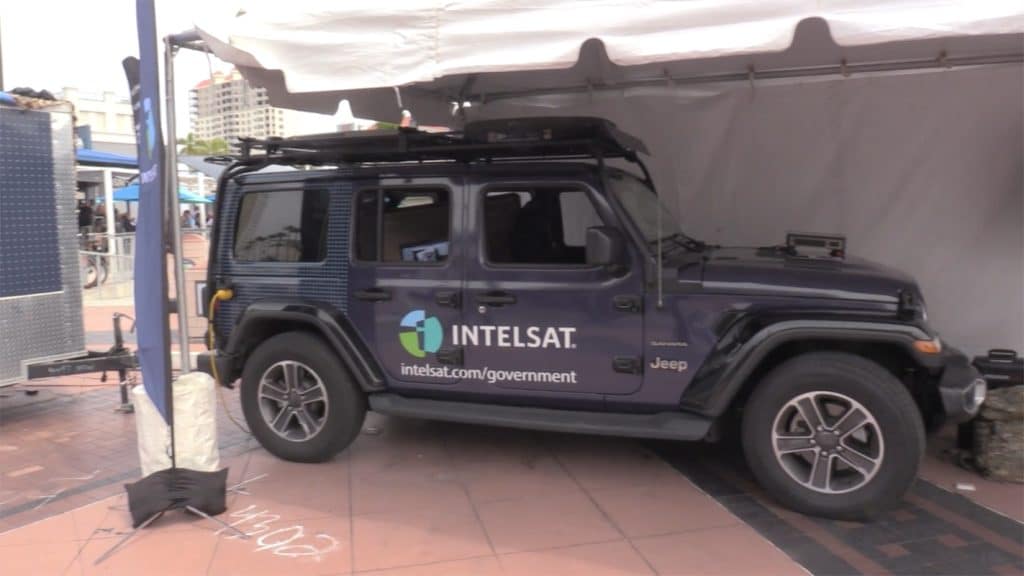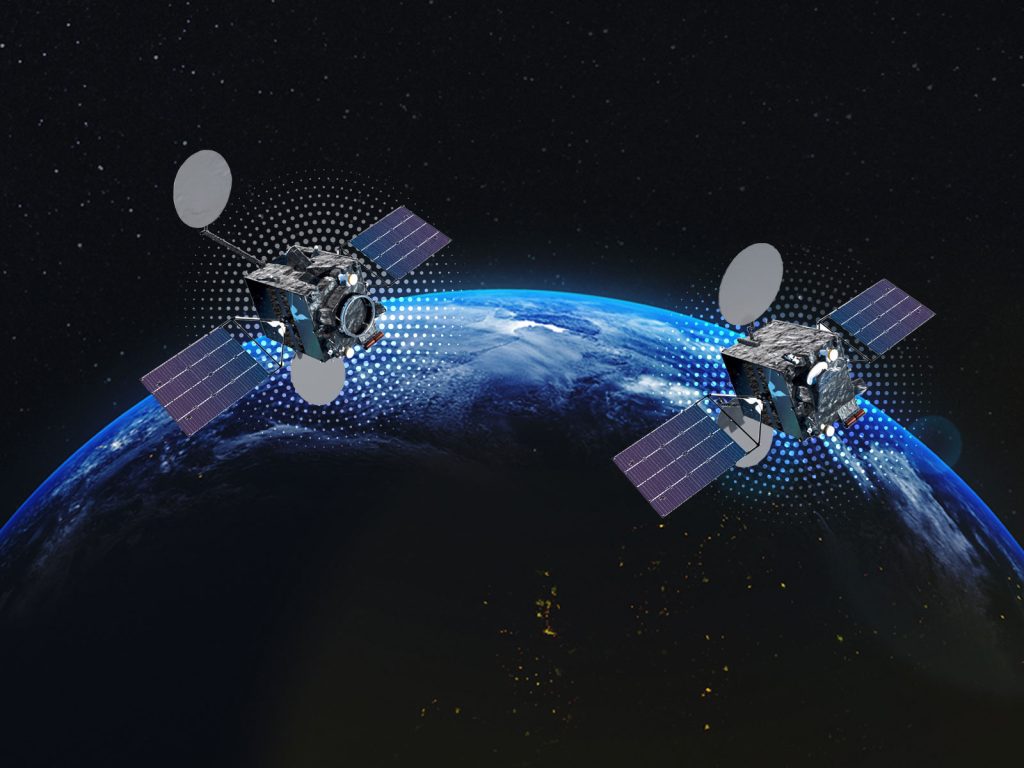Boldly Going Where No One Has Before: Intelsat’s Journey with the First Mission Extension Vehicle
Today’s successful launch of the first Mission Extension Vehicle (MEV-1) represents a very exciting time for space and satellite communications. With tremendous innovation occurring on many levels of our ecosystem, Intelsat is pushing the boundaries of what many thought to be impossible. Because of recent advancements in technology, the impossible is fast becoming a reality. Today is a great example of these advancements and the Intelsat team is proud to, once again, be at the forefront.
Intelsat has been exploring in-orbit servicing for several years because we believe the technology will be a valuable tool for us and the customers we serve. MEV-1 has the potential to extend the life of deployed satellites where the existing technology is still viable for the applications it serves. Because it avoids the need to deploy new satellites, MEV-1 will enable Intelsat to redeploy capital into other areas of our business and optimize our capital expenditures for future innovation. And lastly, by virtue of the MEV-1’s ability to extend the life of a satellite by 5 years, or an estimated 25 percent of its life, it will also help mitigate the increasing congestion in space.
With the first phase of the mission now complete, Intelsat and MEV-1’s manufacturer, Northrop Grumman will begin to prepare for the most critical part of the mission—rendezvous and docking. These maneuvers will require precise synchronicity between Intelsat’s and Northrop Grumman’s mission teams. To start, over the next three months, Northrop Grumman will perform orbit-raising maneuvers and raise the MEV-1 to 300 km above Geo Synchronous Orbit.
During the same time, Intelsat will raise the position of Intelsat 901 from Geo Synchronous Orbit to the docking orbit which will be about 300km higher than its traditional orbital location. Multiple cameras, laser range-finders and on-board computers will allow MEV-1 to detect, track and rendezvous with Intelsat 901 at the docking orbit. As this is the first mission of its kind, out of an abundance of caution, we are operating these maneuvers above the normal orbital slot. This will ensure there is no disruption to any neighboring satellites.
The final rendezvous will occur approximately three and a half months after launch. MEV-1 will insert a docking mechanism into Intelsat 901 apogee thruster and mechanically couple the two vehicles together. Once MEV-1 and Intelsat 901 are connected, the combined MEV-1 and Intelsat901 stack will be brought back to a geostationary orbit slot. Intelsat will then begin the transfer of services for our customers who have joined us in this groundbreaking journey.
Pioneering the first Mission Extension Vehicle is very much in line with Intelsat’s philosophy and culture of driving innovation. 2019 marks a transformational year for our industry, where we begin to see manufacturing orders entered for software-defined satellites, alternative space-based platforms emerge, and advancements in antenna and ground technology continue to push the envelope. Northrop Grumman’s technology provides a foundation that advances the sophistication and use of robotics technology for space and satellite communications.
As MEV technology progresses, it could be leveraged to correct issues that may occur as a satellite travels to its orbital location post-launch. Imagine a vehicle that could easily correct a slight malfunction of a satellite in-orbit; for example, a solar array or an antenna reflector that is being stubborn and won’t deploy. In-orbit servicing could allow us to repair that satellite, ensuring that it delivers the performance for which it was designed. Our end goal is always that our government and commercial customers receive optimal services without disruption, and in-orbit servicing improves our ability to do so.
As the first Mission Extension Vehicle mission advances , we hope you will enjoy the journey with us as Intelsat continues to break new ground and, together with Northrop Grumman, pioneer the latest innovations in space technology.
Stay tuned for latest updates and follow us on social media.





